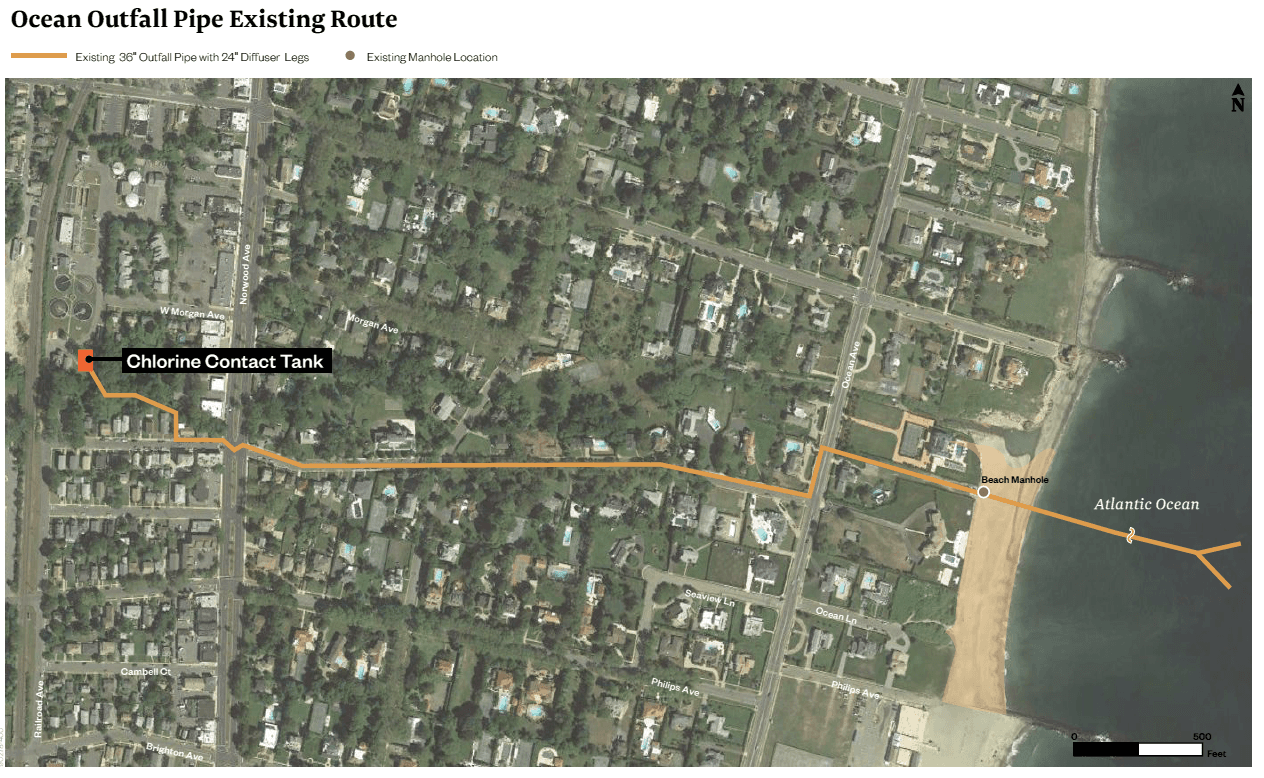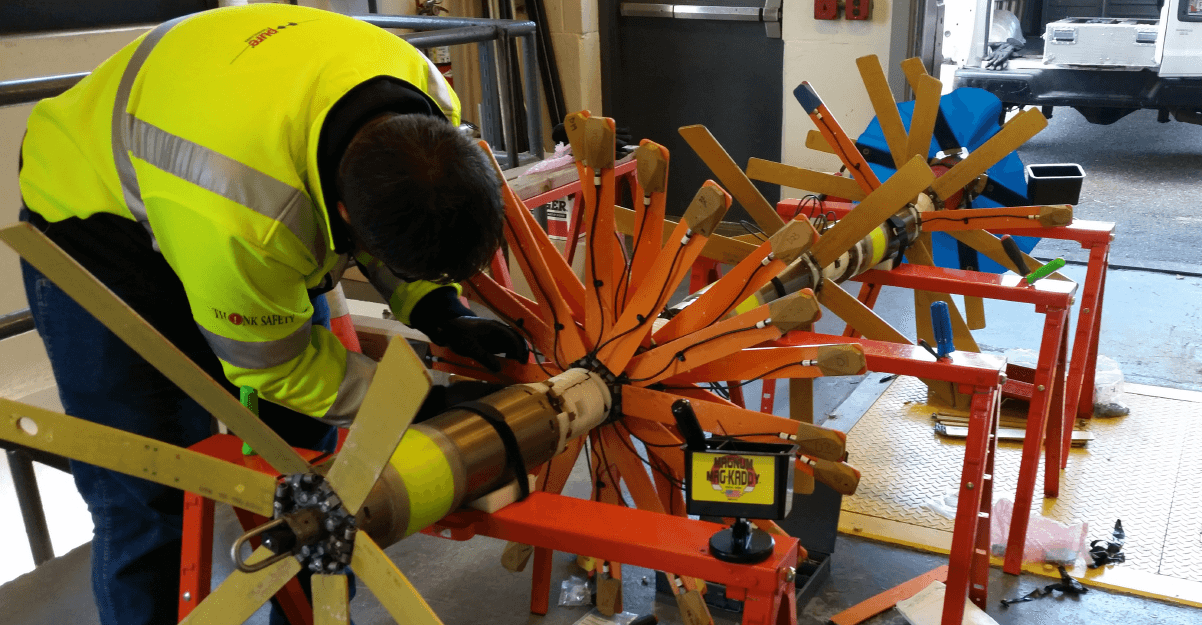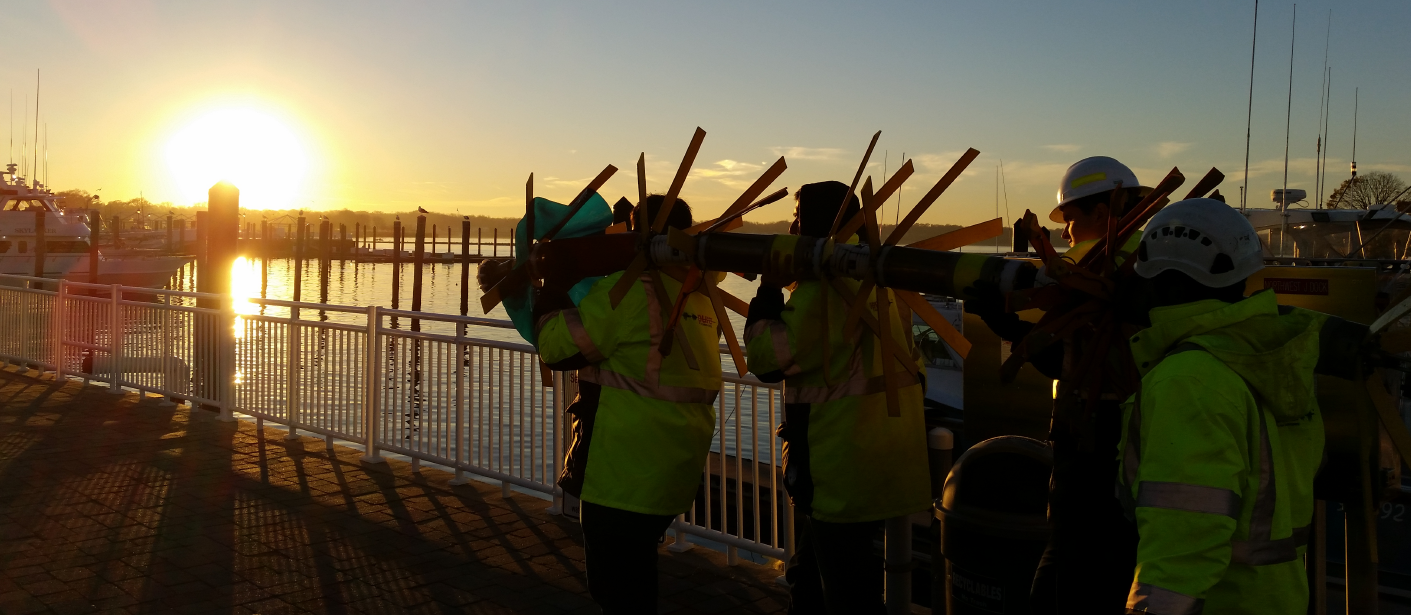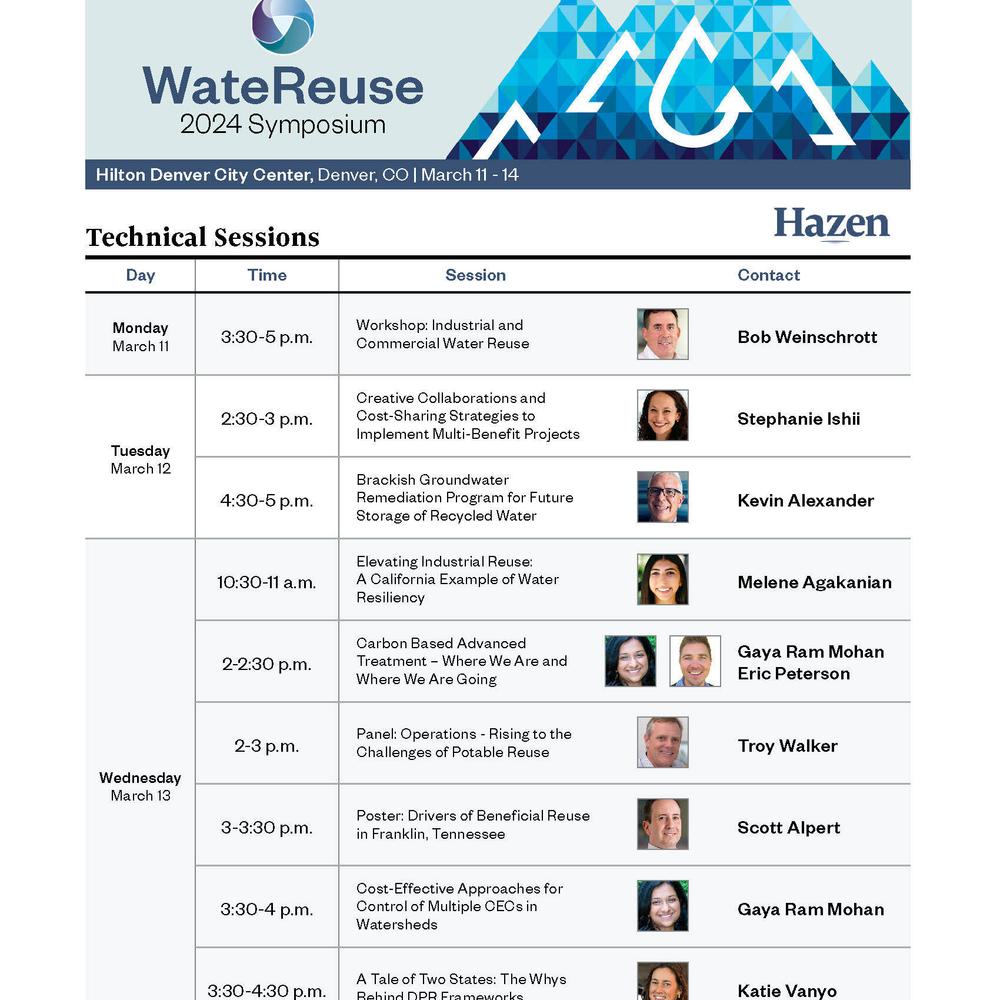Assessing A Critical Ocean Outfall Using High-Tech Underwater Inspection Tools

Background
The Township of Ocean Sewerage Authority’s (TOSA’s) 36-inch diameter ocean outfall is a single conduit for conveying treated effluent from the wastewater treatment plant’s chlorine contact tank to its discharge point in the Atlantic Ocean. Starting at the plant’s chlorine contact tank outlet, the approximately 6,000-foot pipeline runs generally east, approximately 4,000 feet to a drop connection beach manhole installed on the shoreline. The outfall then extends into the ocean, terminating approximately 2,000 feet offshore.
Related Topics:

The original outfall pipeline was constructed between 1966 and 1968, and is now reaching 50 years old. The onshore portion was thought to be constructed of PCCP, although this was not known definitively, and the offshore portion was made of steel. Some improvements were made since the outfall’s original construction – in 1987, the ocean outfall was extended and a wye diffuser was added; following a nor’easter, a portion of the 1967 offshore portion was replaced in 1993, and a drop and connection beach manhole was added.
In light of deteriorating conditions found during several periodic underwater inspections of the offshore portion, TOSA retained Hazen and Sawyer (Hazen) to assist in evaluating options for its entire outfall pipeline. Shutdown of the outfall is limited to approximately one hour maximum (equivalent to the plant’s spare tank capacity) because there are no treatment plant lagoons or equalization tanks to temporarily store treated effluent, further stressing the importance of, and need for, long-term reliability.
Based on TOSA’s outfall pipe type, age, access, site specific conditions, and availability of historical pipeline construction records, Hazen recommended the use of Pure Technologies’ PipeDiver tool to determine the current condition of the onshore and offshore outfall pipeline.
The PipeDiver tool performs an electromagnetic inspection and collects data concerning existing physical conditions inside the pipeline. The PipeDiver is neutrally buoyant and has flexible fins that are used to center the tool within the pipe. Propulsion is provided by the velocity of the plant’s reduced operating flows within acceptable range; no plant shutdown or flow bypass is necessary during the inspection. The PipeDiver’s flexible design ensures that it can navigate valves and bends in the pipeline while travelling long distances.
This technology ascertains a magnetic signature for each pipe, to identify anomalies produced by areas of corrosion, reduced wall thickness, or locations of broken pre-stressing wire wraps, depending on the pipe’s material. Various characteristics associated with an anomaly (length, magnitude, phase shift, etc.) are evaluated to provide an estimate of the relative wall loss.
Project Approach
Hazen subcontracted with Pure Technologies and assisted TOSA in developing scope and obtaining bids to hire an underwater dive company TNJ Marine, who was needed to assist with the assessment in inserting and obtaining the PipeDiver tool underwater in beach manhole and offshore. While it was known that the 2,000 feet of offshore pipeline was made of steel pipe, there was no definitive information on the 4,000 feet of onshore pipeline material. To make sure the right equipment was used, two models of the PipeDiver tool (a 24-detector tool for steel and a six-detector tool for PCCP) were brought on site, assembled and balanced.

PipeDiver Tool Preparation
The PipeDiver tool was inserted in TOSA’s 36” outfall just downstream of the chlorine tank and the tool was then retrieved at the beach manhole by TNJ Marine, approximately 4,000 feet downstream. Data was extracted from the PipeDiver tool using a laptop computer in the field and the process was performed again to ensure repeatability of results and the accuracy of data. The PipeDiver tool requires travel at a range of 1 – 3 feet per second, so TOSA assisted by regulating flow in late morning, when influent flows to the plant were reduced and the plant’s operations staff could regulate flow, and they kept in close contact with the assessment team.
Subsequently, the PipeDiver tool was inserted in the TOSA’s drop connection beach manhole and the tool was then retrieved by TNJ Marine, 2,000 feet offshore 40 feet beneath the ocean waves at a location where the main trunk line was disconnected from the wye diffuser. The PipeDiver tool was brought to the surface to the dive boat and returned to a nearby marina in Belmar, NJ. Data was extracted from the PipeDiver tool using a laptop computer in the field, and the process was performed again to ensure repeatability of results and the accuracy of data.

PipeDiver Tool Extraction
Pure Technologies analyzed the electromagnetic data gathered by the PipeDiver tools to locate and quantify broken wire wraps within the PCCP and pipe wall anomalies within the steel pipeline. Structural analysis was also performed to determine the impact of the damage locations on the strength of the pipeline.
Findings
The condition assessment analysis for the onshore 36” outfall pipeline confirmed that, except for a short section of cast iron, this portion was constructed of PCCP. The inspection results indicated that only one 16-foot long section of the PCCP demonstrated five broken wire wraps, for which in-kind replacement is recommended; the remainder of the approximately 3,984 feet of pipeline was found to be in good, serviceable condition.
Results were less positive for the 36” offshore pipeline. While the assessment confirmed that initial approximately 1,200 feet downstream of the drop connection beach manhole (the section replaced in 1993) was still in good operating condition, the inspection results showed significant pipe wall degradation and visible wall loss anomalies in the remaining 800 linear feet, judging it to be in poor condition and requiring in-kind replacement.
In conclusion, this assessment using the latest underwater inspection technology, provided TOSA significant value in cost savings and avoided unnecessary public disruption, all while providing a better understanding of their infrastructure for the long-term management of their ocean outfall. With this understanding comes peace of mind in knowing that the most economical and effective in-kind replacement will be implemented to ensure long-term reliability of this vital asset.









